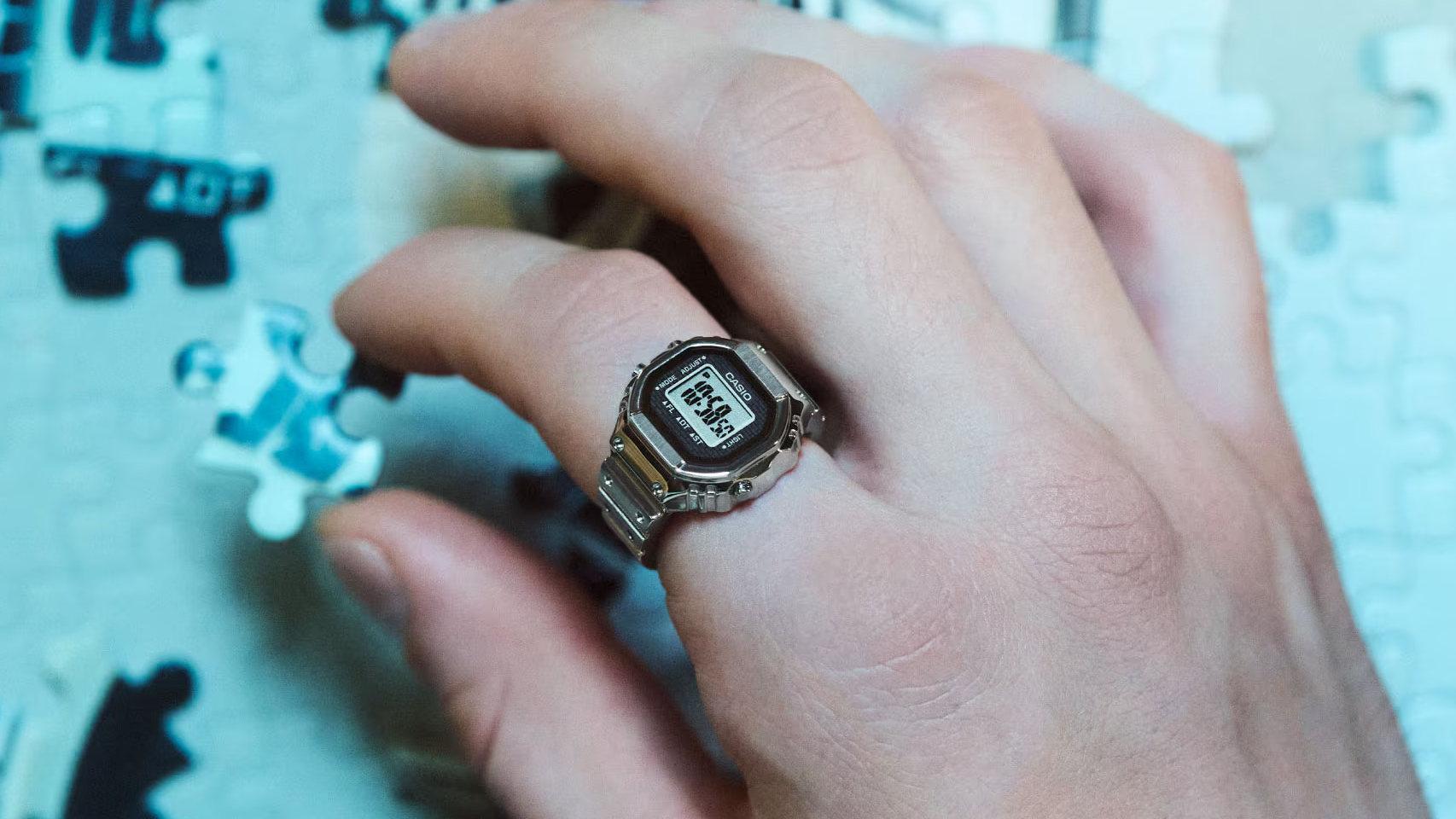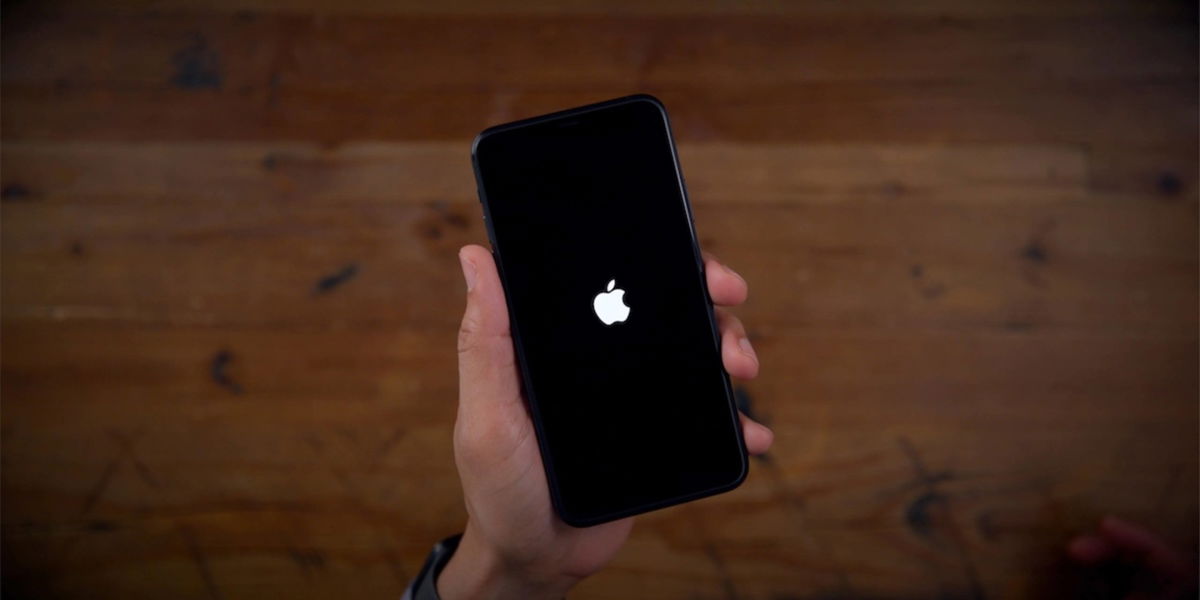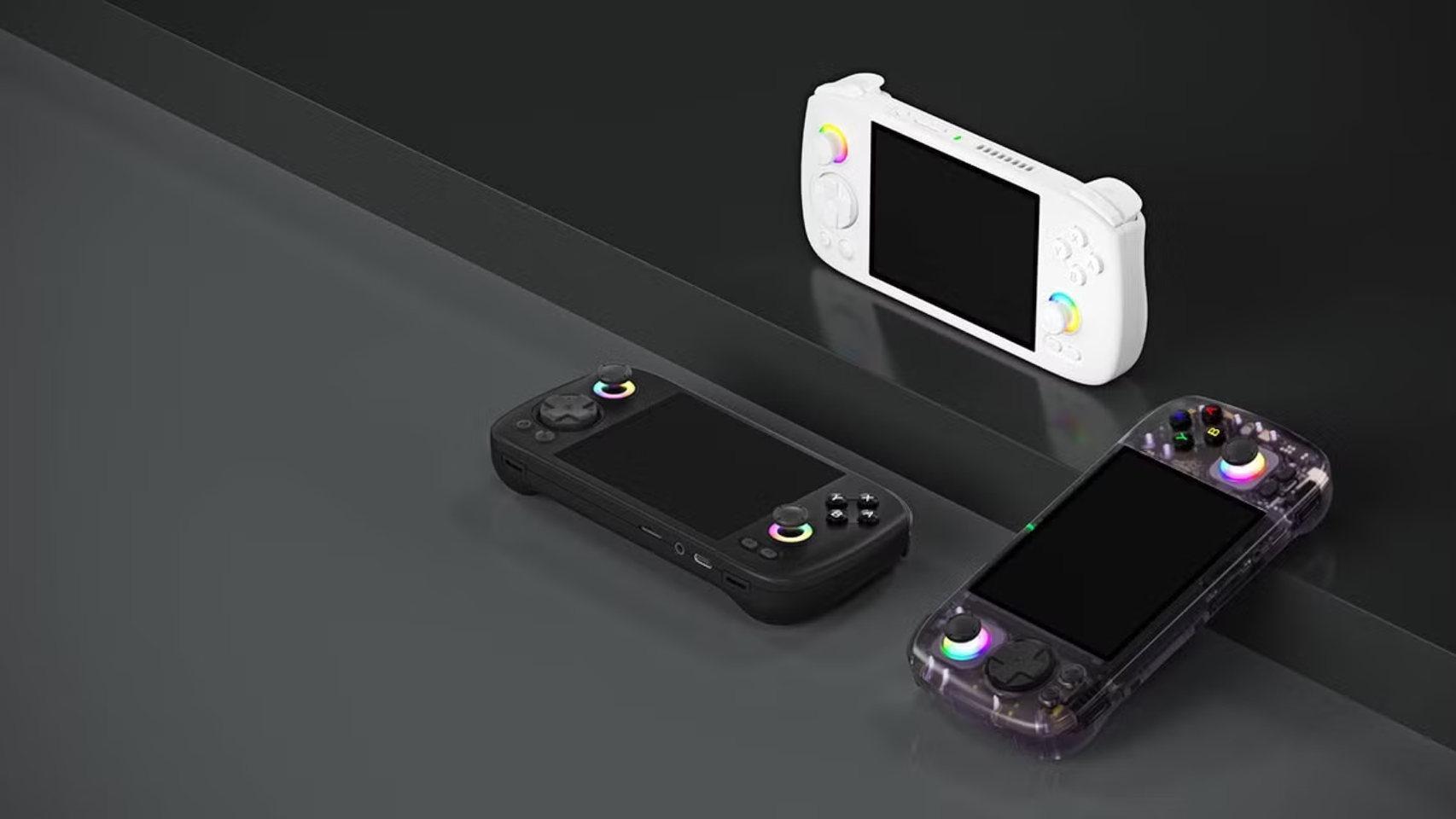Almost five years ago I bought my first and to date last iMac. Although now my primary computer is a MacBook Air M1, I have always been fascinated by the design of the Magic Mouse 2. A mouse that since its launch in 2015 has been criticized for its particular way of recharging.
Either way, it’s one of my all-time favorite Apple designs. A functional, comfortable and beautiful device with whom to tighten a great team that I am obliged to defender because of the absurd adapter to charge and use the Magic Mouse that we saw a few days ago.
Lightness, gestures and comfort of the Magic Mouse 2
I admit that the first days with the Magic Mouse were difficult. Accustomed to the trackpad of a 2011 MacBook Pro, switching to the iMac mouse wasn’t easy. In the past, I always used the built-in mouse on a laptop, be it a work PC or a Mac. Over the days, I started to get used to it. Having the mouse at the same height as the keyboard was, in a way, liberator
But what really conquered me was not this freedom of move the mouse over a larger area, without having to be anchored to a specific part of the computer. It was the gestures with which we interact with the Magic Mouse and macOS. It’s way more than I initially thought.

At the primary and secondary click, many more functions are added than I’ve seen in a mouse before. Gestures so natural on iPhoneon the iMac, they had their equivalent and went even further: swipe left or right to advance on a web page, double-tap to zoom, scroll between applications in full window, swipe up to call Mission Control, and even have the Launchpad app at your fingertips.
The Magic Mouse’s accompaniment to a 21.5-inch screen was complete. I started working more than ever with shared screens and spaces
The controversial burden of a high-battery mouse

Without a doubt, the biggest criticism of the Magic Mouse 2 has been its charging system. For it, we have a lightning port downstairs mouse to connect an equivalent cable. Connecting it means not being able to use the Magic Mouse 2 until we decide that it is already sufficiently charged, a waste of time which for some is precious.
To overcome this, Apple gave it a fast charging system in which two minutes were enough to nine hours of use. It takes two hours to fully charge, with over a month of official use (I went several months without remembering to charge it). Honestly, I never understood this criticism that some cling to to dismiss it as a bad product (and worse).
The Magic Mouse broke new ground in several ways over its predecessor, bringing built-in, fast charging that didn’t stop it from being the tech world’s favorite punching bag.
You really can’t spare two minutes of your mouse? You can take the opportunity to get up, stretch your legs, complete your “Stand Up” hours on Apple Watch, drink water or have a coffee (or a lime tree). I find it totally exaggerated not to be able to do without these 120 seconds in front of the iMac. Maybe that’s not the real problem.

Nevertheless, the magic mouse has become a memethanks to the collaboration of countless influencers technology and users of all kinds. A common Internet taunt to point out the failure of Apple’s designs by Jony Ive deniers. The excuse to insult one of the design geniuses of our time, who went from public love to hate in the blink of an eye.
I may not be using that magic mouse on my iMac anymore. But what I have no doubt about is that for a few years I had a mouse that great combined functionality in a great design.









